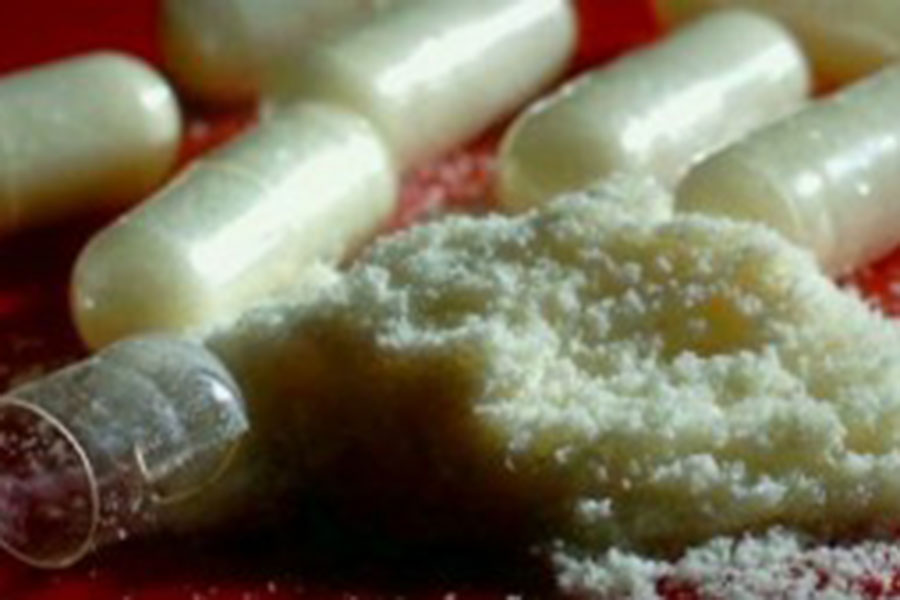MDMA addiction poses a danger as life threatening symptoms develop including irregular heart rhythms, high blood pressure that can lead to a heart attack or stroke, bleeding in the brain, organ damage and hyperthermia. Hyperthermia is an extreme elevation in body temperature that causes organs to shut down, possibly leading to death.
Molly is a synthesized substance derived from methamphetamine with properties and related risks similar to amphetamines and hallucinogens. While MDMA may not necessarily carry the well-known risks associated with those from pure cocaine or heroin, it does have its own dangers, known or hidden. Unknown to its users, the drug manufacturer may add additional products to the MDMA in order to increase the amount of their batch and therefore the profits. Examples of some of these substances identified in Molly have included fertilizers, marijuana, caffeine, methamphetamine, cocaine and heroin. Each one of these substances not only amplifies the effects of Molly; but adds its own deadly risks to the “safe” drug. For the user that requires emergent medical intervention, the challenge lies in not only determining how to medically treat the symptoms; but also in identifying, if possible, the substance used, along with all of its drug or chemical additives. There is no drug test that specifically identifies Molly, its purity, potency or its additives. A blood or urine test can simply identify the amphetamine.
For our criminal newsletter and blog this month we are discussing the recreational drug Molly. The blog topics for this month are:
- MDMA, or Molly, overview (4/3/15)
- MDMA use and effects (4/10/15)
- Molly’s danger (4/17/15)
- Legal (4/24/15)
Note: To see all posts in this topic, click here











